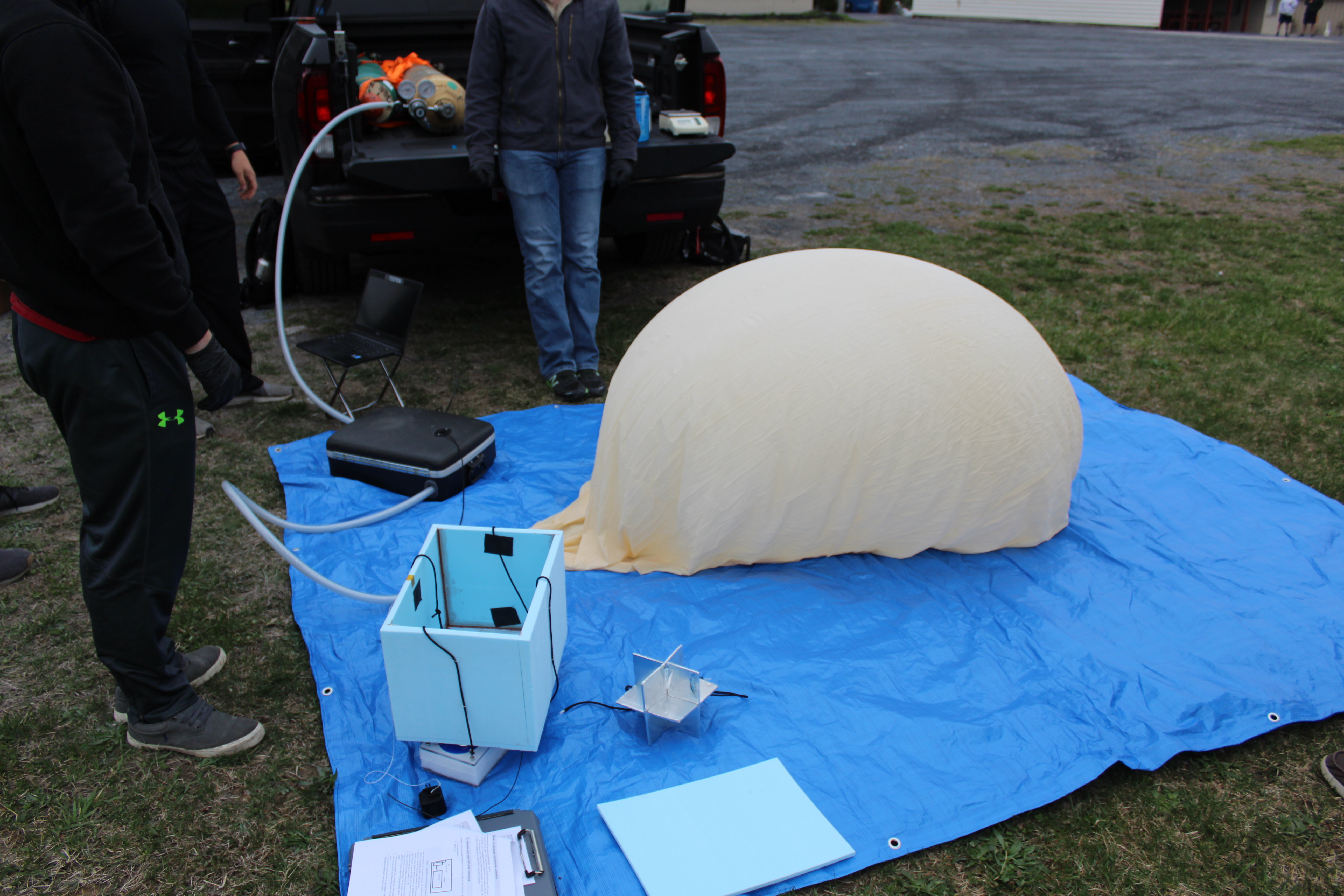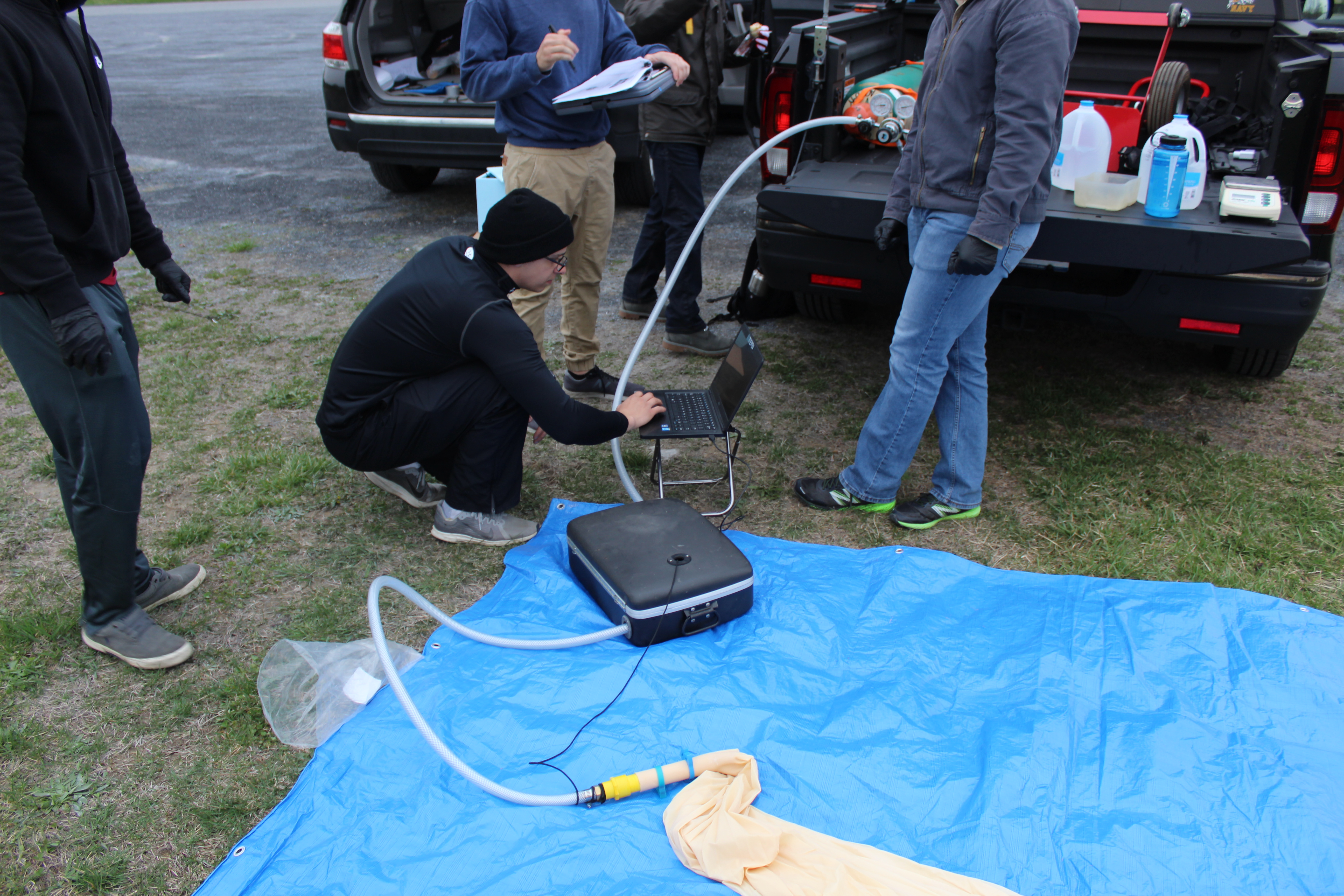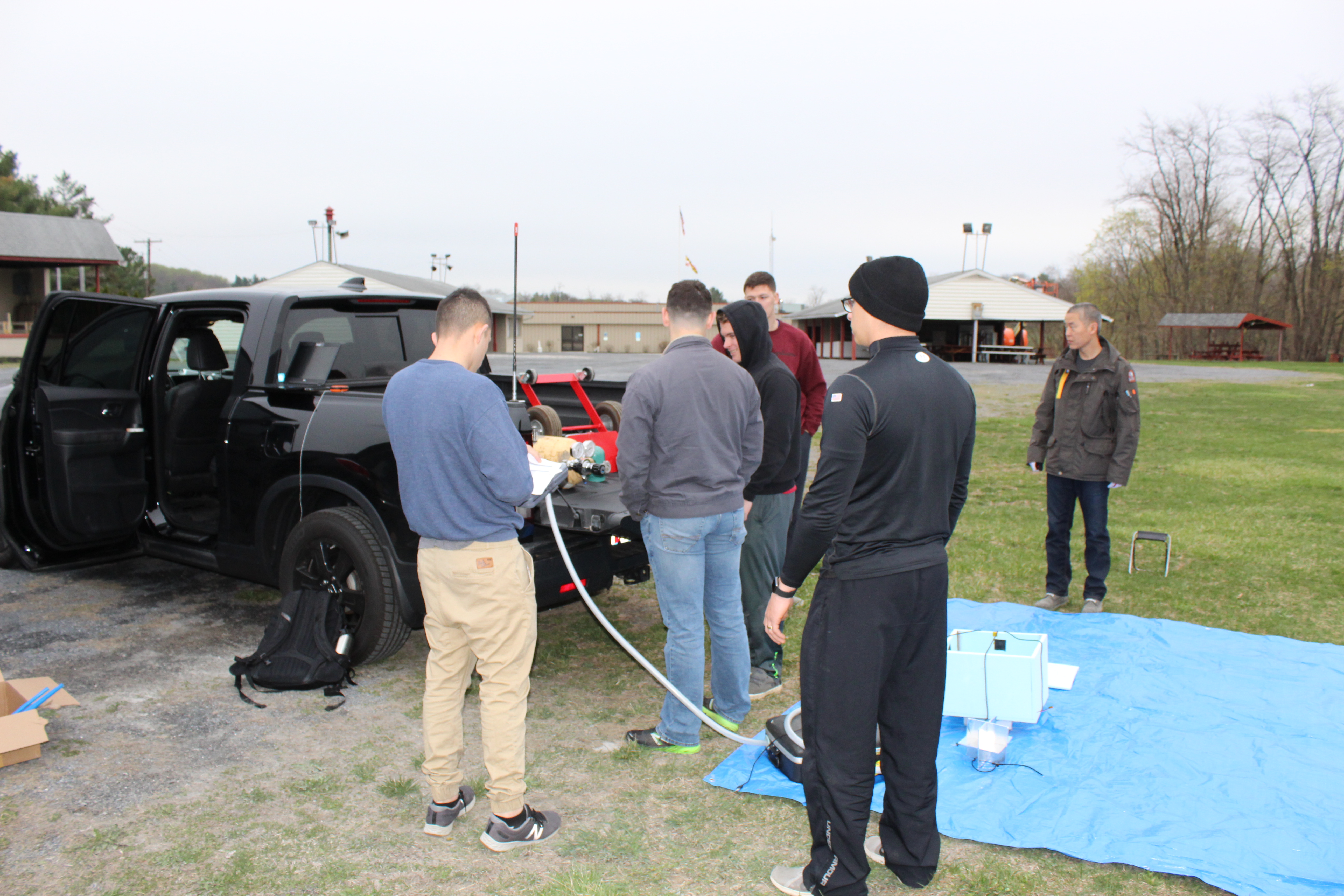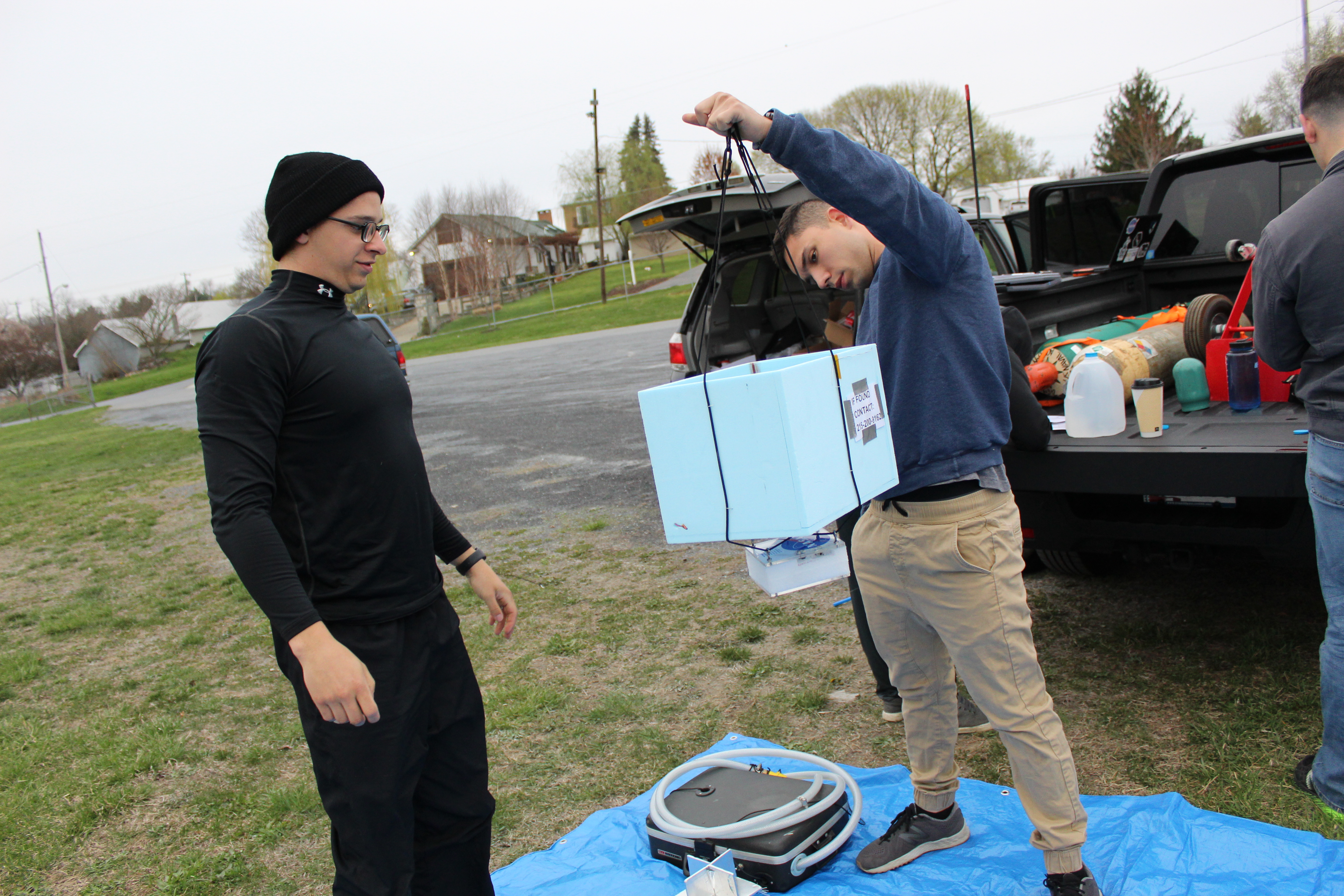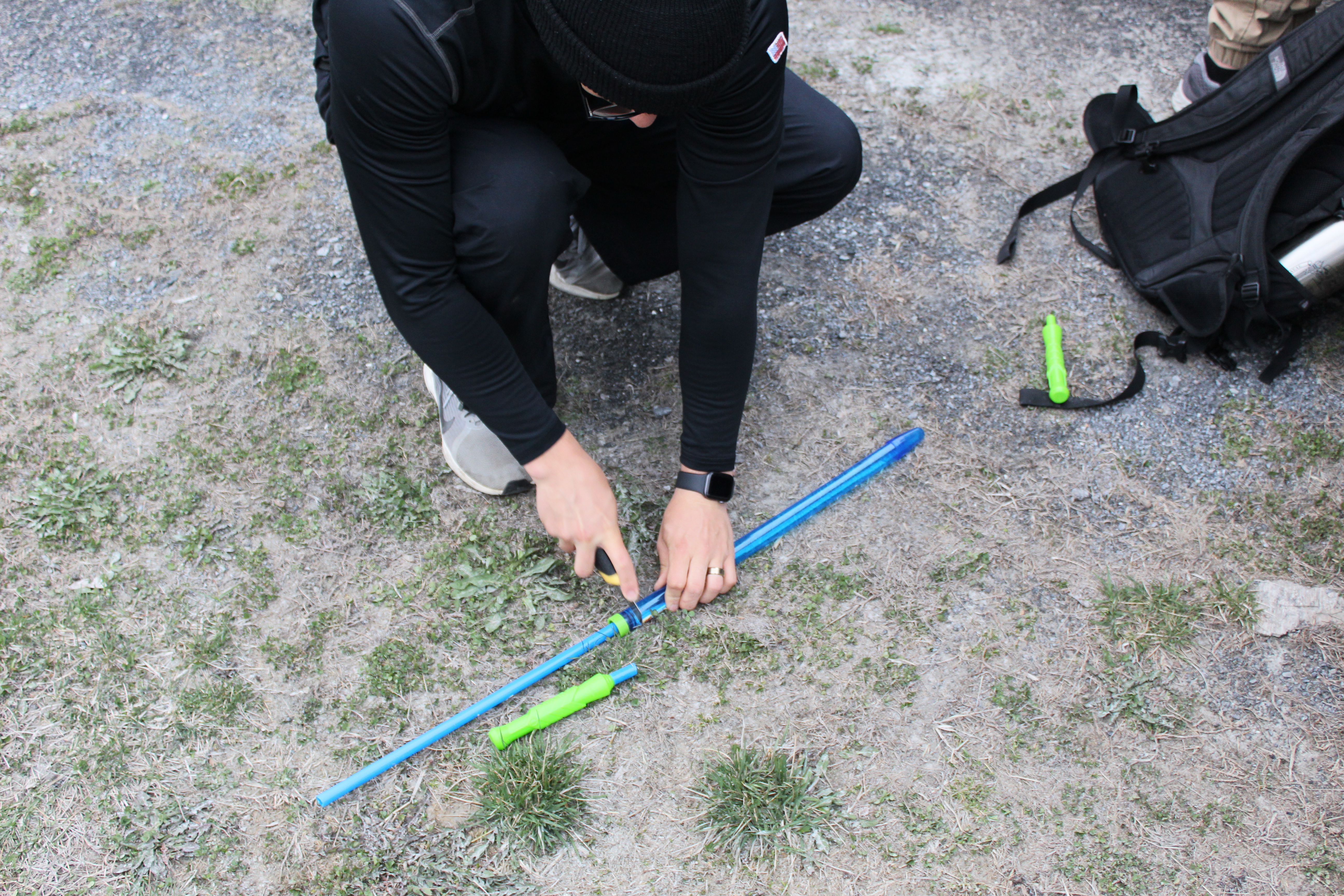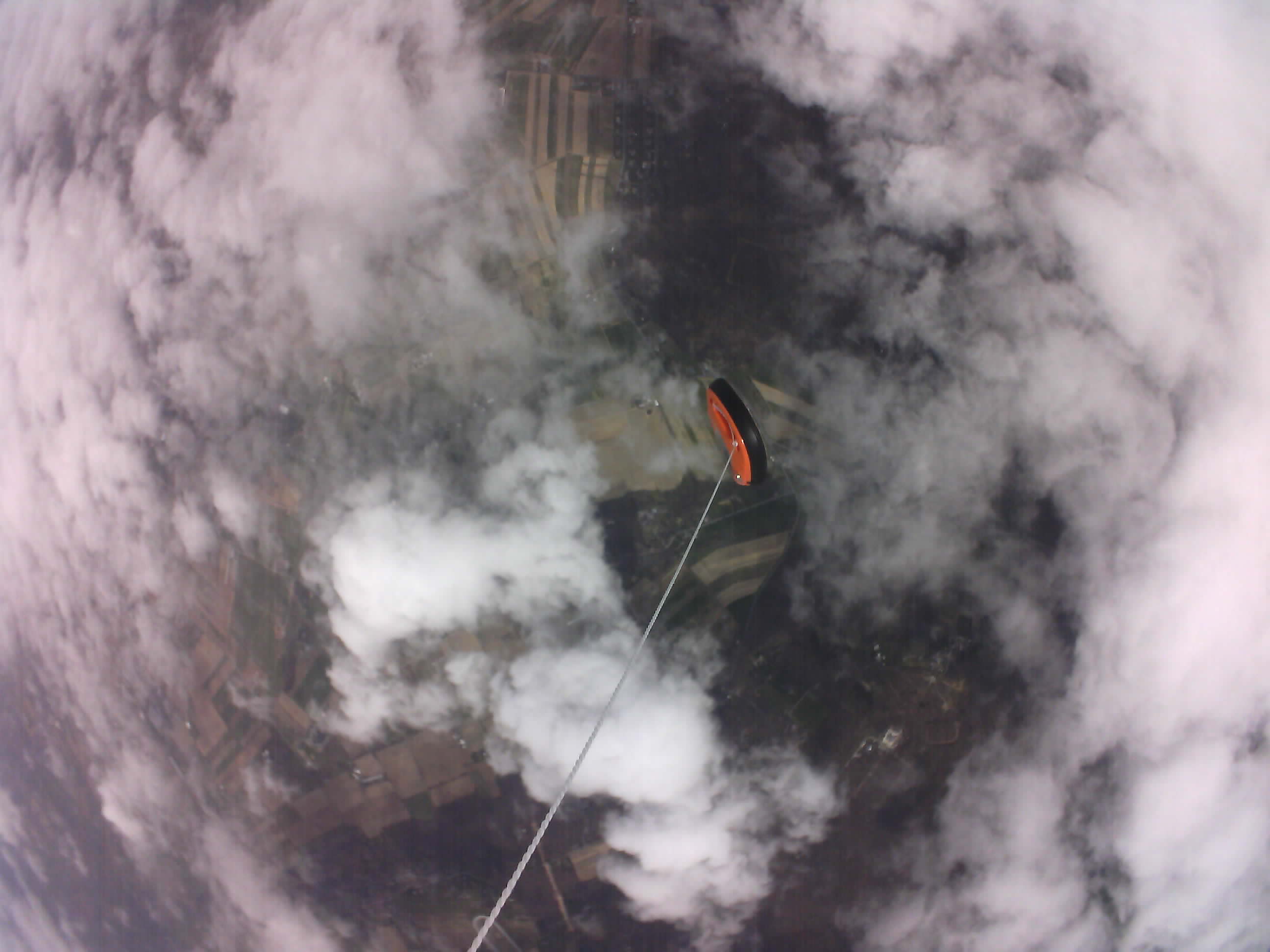- Home
- Classes
- Physics 150 – Nuclear Weapons – Physics, Policy, Proliferation – Fall 2025
- Physics 134 – Observational Astrophysics – Fall 2025
- Astro 1 Spring 2024
- INT 86TN Planetary Defense – Spring 2024
- Symmetry & Aesthetics in Contemporary Physics
- INT 184 – PL Interdisciplinary Honors Seminar – Weapons of Mass Destruction – Spring 2013
- Physics 150 – Modern Design and Fab – Fall 2019
- Physics 4 – Winter 2023
- Physics 141 – Optics – Spring 2019
- Physics 145L – Astrophysics Research
- Physics 199 – Independent Research
- Projects
- Interdisciplinary Center for Interstellar Exploration (iC)
- NASA Watts on the Moon
- Extrasolar Travelers
- CMB-S4 – Ground Based CMB Cosmology Program
- Wafer Scale Spacecraft
- PI-Multimodal Planetary Defense
- Lunar Rover Project
- DE-STAR
- Starlight
- GreenPol – CMB Cosmology
- PLANCK
- Starshot
- SETI
- Small Projects
- Previous Projects
- Facilities
- People
- Net
- Outreach
- Media Links
- NASA Space Grant Student Scholarships
- Bright Stars – VoH
- ARC – Undergraduate Aerospace Research Coop
- POINT – Undergraduate Physics Organization for Innovation and Technology
- All Sky Camera Project
- Education and Public Outreach
- Gaucho Rocket Project
- Undergrad Research Opportunities
- The Space Race
- Misc
- Papers
Wafer Scale Spacecraft Pole to Pole Flight Nov 2019 to Aug 2020
In collaboration with Robert De Laurentis (https://flyingthrulife.com/) we were able to “fly” one of our third generation “wafer scale spacecraft” from the south Pole to the north Pole in a modified twin engine aircraft piloted solo from “Pole to Pole”. Starting in November 16, 2019 Robert took off from San Diego, CA to flew south eventually flew over the South Pole and then “hopped” northward until reaching the North Pole and then returning to San Diego in August 2020.
His mission was both of exploration in the limits of solo flight in small aircraft but also as a “World Ambassador” promoting peace and the vision of exploration. We have been working with Robert for several years as he prepared for his historic mission. Robert became interested in our work on finding a solution to enable humanity to reach far outside our solar system and enter another. We installed a fully functional autonomous WSS Gen 3 “spacecraft” on the inside of his aircraft looking out of a window, taking pictures, logging GPS coordinates and sensor data. All this was done autonomously with no human input over the 10 month mission. The UCSB WSS-3 worked flawlessly.
See UCSB Current article: https://www.news.ucsb.edu/2020/020031/poles-stars
Funding: UCSB funding for this program comes from NASA grants NIAC Phase I DEEP-IN – 2015 NNX15AL91G and NASA NIAC Phase II DEIS – 2016 NNX16AL32G for the NASA Starlight program and the NASA California Space Grant NASA NNX10AT93H as well as a generous gift from the Emmett and Gladys W. fund. We also acknowledge the support of the Breakthrough Foundation for our Starshot effort.
Below – Selection of images taken by WSS-3. Flight path and UCSB WSS payload design are also shown.
Below – Selection of images takes by UCSB WSS prior to and during flight using the embedded imaging system. The 5 MP images were taken every 2.5 seconds. Approximately 4000 images were taken and stored in onboard flash memory.
Movie of flight images at 15 fps
Below – Recreation of flight path using more than 700,000 points of GPS data collected in-flight by the WSS

| This entry was posted by lubin on December 29, 2020 at 15:54, and is filed under News. Follow any responses to this post through RSS 2.0. Both comments and pings are currently closed. |














































